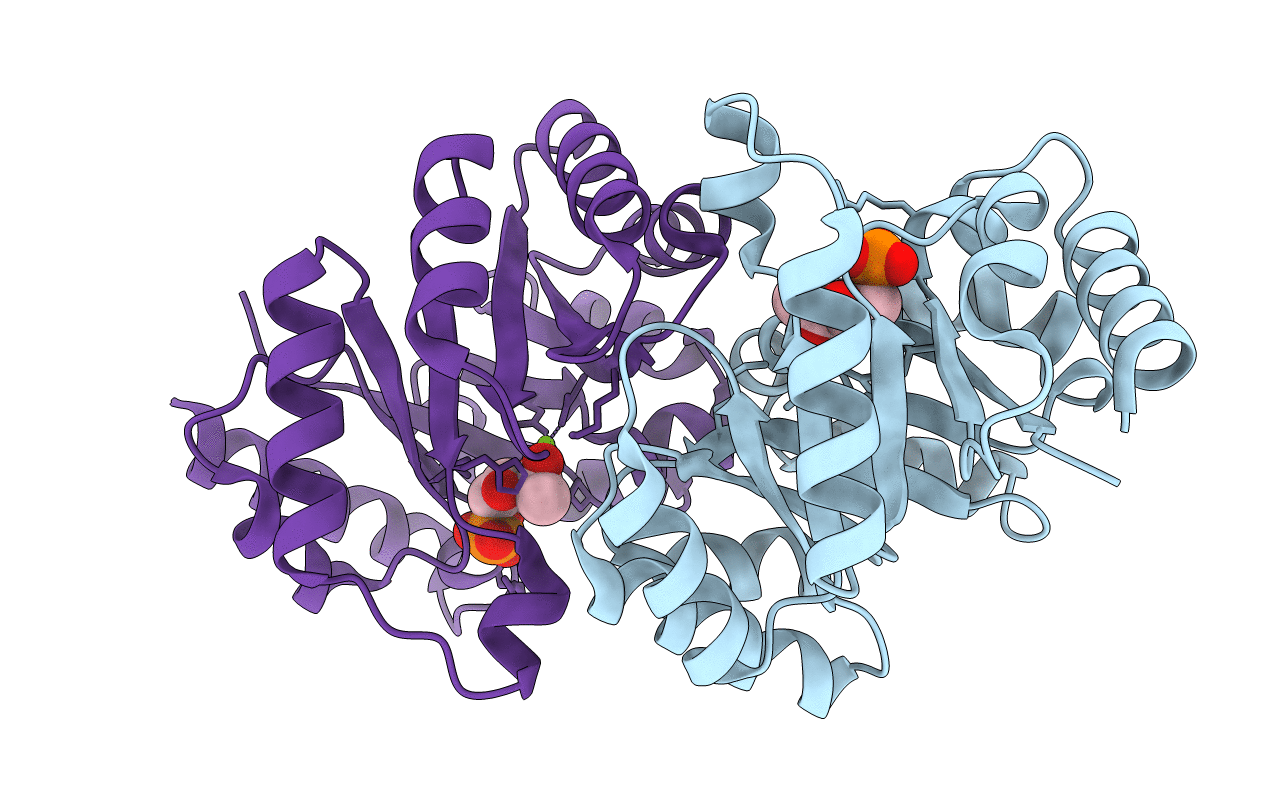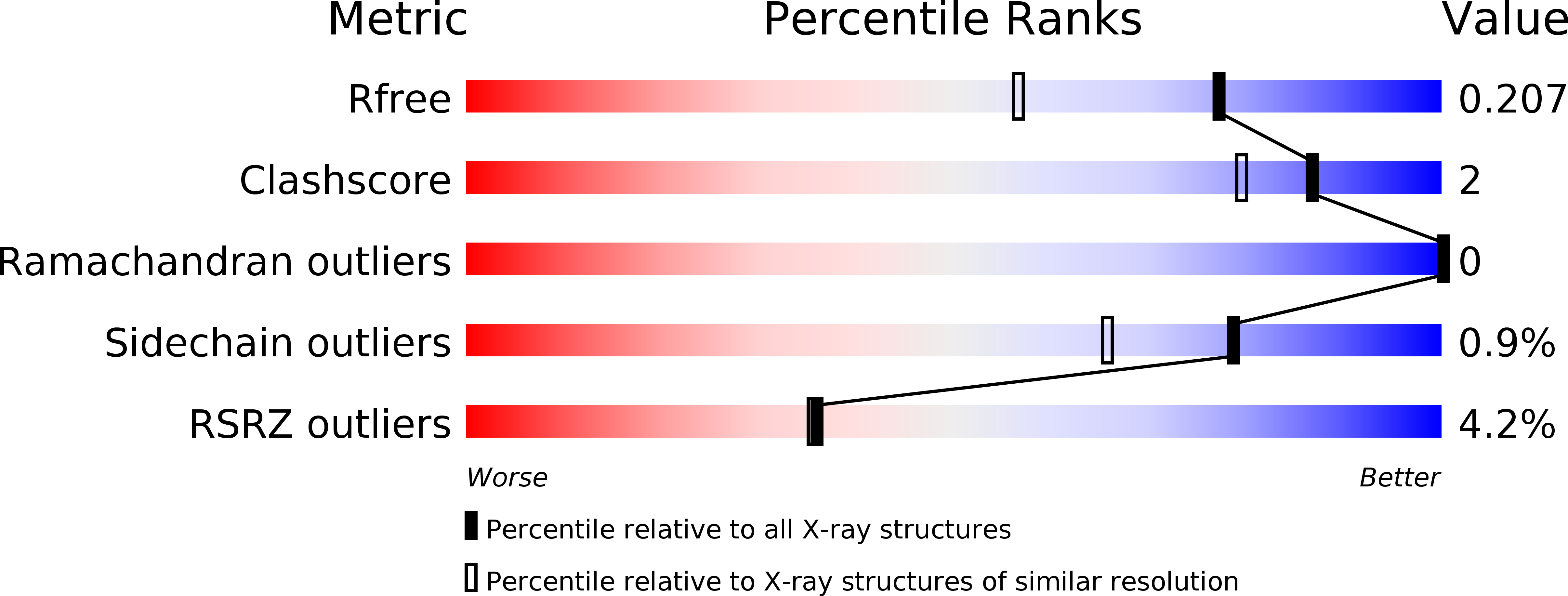
Deposition Date
2004-08-31
Release Date
2005-04-26
Last Version Date
2024-10-30
Entry Detail
PDB ID:
1XBV
Keywords:
Title:
Crystal structure of 3-keto-L-gulonate 6-phosphate decarboxylase with bound D-ribulose 5-phosphate
Biological Source:
Source Organism:
Escherichia coli (Taxon ID: 562)
Host Organism:
Method Details:
Experimental Method:
Resolution:
1.66 Å
R-Value Free:
0.19
R-Value Work:
0.16
R-Value Observed:
0.16
Space Group:
C 1 2 1


